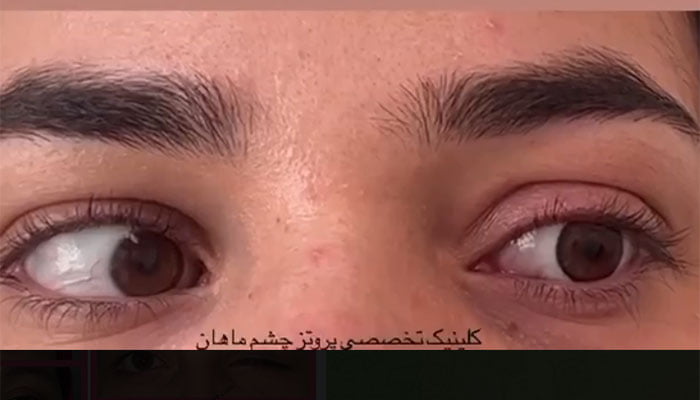A movable eye prosthesis, or artificial eye mobility device, is a tool that can help visually impaired individuals feel less affected by their eye condition and avoid further harm. One criterion that enhances the natural appearance of artificial eyes is their ability to move in various directions. A high-quality movable eye prosthesis should exhibit acceptable movements in the correct directions, aligned with the movement of the healthy eye.
What is Conversational Movement?
In the context of artificial eye mobility, “conversational movement” refers to the subtle eye movements that occur during conversations. These minor eye movements are crucial in daily life and have a greater impact on natural appearance than full eye movements toward the sides or corners.
If the eye muscles are in good condition and properly connected to the prosthesis, the artificial eye can replicate natural conversational movements. This often makes it indistinguishable from a real eye, allowing the individual to maintain a normal lifestyle.
Movable Eye Prosthesis or Artificial Eye
It is important to note that eye prostheses are not entirely static. While they do not move independently, they synchronize with the movements of the healthy eye. This synchronization often prevents others from noticing any difference between the artificial and natural eye. However, the range of motion of the prosthesis may not perfectly match that of a healthy eye and varies depending on multiple factors.
During eye enucleation surgery, a spherical ocular implant is placed into the eye socket. The surgeon attaches the eye muscles to this implant, enabling movement. When the muscles contract, the implant shifts direction, which in turn moves the prosthesis placed over it.
Factors Affecting Movable Eye Prosthesis Performance
The mobility of an artificial eye varies among individuals and depends on factors such as:
- Type of enucleation surgery
- Reason for eye removal
- Orbital anatomy (eye socket shape)
- Condition of eye muscles
- Prosthesis fabrication quality
Disruptions in any of these factors can impair prosthesis movement. Generally, individuals using scleral shells (prostheses without full enucleation) experience better eye mobility than those with fully enucleated eyes.
If no anatomical abnormalities exist and the prosthesis meets standard specifications, the artificial eye’s movement will often be indistinguishable from a natural eye.
How a Movable Eye Prosthesis Works
- Implant: A surgeon places an implant in the eye socket, serving as the prosthesis base. It connects to the surrounding eye muscles.
- Prosthesis: The custom-designed prosthesis, matching the color and pattern of the healthy eye, is placed over the implant.
- Movement: Muscle contractions move the implant, which then moves the prosthesis. However, the range of motion may be less than that of a natural eye.
Do Different Prostheses Vary in Mobility?
Yes. For example, scleral shells offer better mobility because they are used in partial enucleation cases, preserving the natural connection between the eyeball and muscles. In contrast, prostheses relying on implants for muscle attachment typically have reduced movement.
Muscle condition also plays a role. Atrophied muscles may limit prosthesis mobility even after proper attachment.
Mahan prosthetic eye clinic As Iran’s first scientific center for eye prosthesis fabrication, Mahan prosthetic eye clinic employs skilled specialists and cutting-edge techniques. Visit our website’s gallery to view our work. For inquiries, contact us at:
Tel: 02166889076
Mobile: 09128357509
Benefits of Movable Eye Prostheses
- Improved facial symmetry and self-confidence
- Protection of the eye socket from contaminants
- Enhanced peripheral vision and environmental awareness




No comment